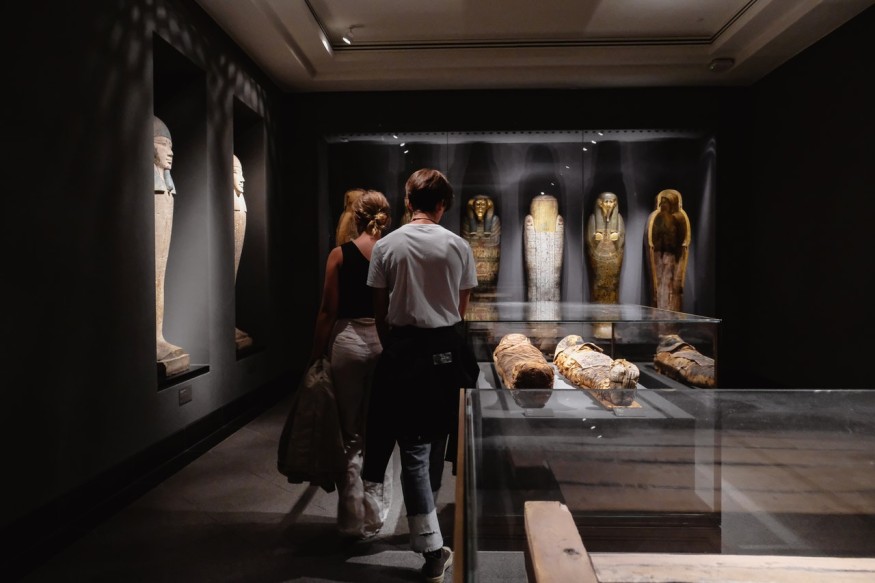A set of new images from South America's most well-preserved mummy collection was released from the Colombian mausoleum. The human remains are thought to have lived 100 years ago.
Each of the mummified bodies is displayed through a transparent glass that allows guests to observe the whole cadaver in full detail. The exhibit is located at Colombia's San Bernardo preservation facility near Bogota and the Andes.
San Bernardo's Well-Preserved Mummies

The preservation of the mummies is a mystery for many. There are some speculations that the reason behind its near-perfect maintenance is the altitude and climate of the local region, which affects the chemical composition of the technique related to the remains.
On the other hand, the locals assume that it could be because of the native diet of the culture. Among the suspected foods for natural embalming are the green fruit guatila, commonly known as chayote.
However, the guatila does not explain why the majority of the mummies have their clothes that are also intact.
The San Bernardo mummies belong to people that are not as old compared to the standard ancient remains studies being uncovered. The deceased people in the mausoleum were estimated to have been born in the last 100 years, reports DailyMail.
Astonishing photos show the 'natural mummies' of San Bernardohttps://t.co/NnYYczfU52
— NewsfeedsMedia (@NewsfeedsMedia) March 2, 2022
The discovery of the mummies was coincidental. In the 1950s, the local town relocated a cemetery due to an intense flood. Upon excavating, they found the mysterious scatheless collection.
Surprisingly, San Bernardo's mummified bodies have identities that are already known. Each of the containers of the collection has a plaque attached to them showing the name of the deceased individual and their previous role in the community.
Mysterious Preservation
Local resident Ever Pabon explained that many relatives of the collection normally visit the remains. Most of them pay their respects to their mummified family members while others see their unknown relatives left.
Ever Pabon's father is among the well-preserved mummy collection of San Barnardo.
Following the excavation and studies on the discovery, the mummies were displayed for public viewing in 1994. Since then, the Colombian town gained the world's attention and turned the remains into a scientific puzzle.
A previous Roman Catholic bishop condemned the exhibit during its first display, explaining that it is a form of disrespect to the dead.
Each of the bodies had a calm facial expression, and some had contorted features due to age. There are also remains of children that still wear their apparel and footwear.
Similar to Colombia, well-preserved mummies were discovered in the region of Guanajuato, Mexico. The preservation of this separate group was found to be induced by the region's soil that is rich in chemical and gas components. Mexico's mummified bodies date back to the 19th century and are significantly older than San Bernardo's collection.
Today, the locals and relatives of the mummified bodies do not want studies conducted over the mausoleum due to the fear of disrupting the remains' preservation effects.
RELATED ARTICLE : England Archaeological Site Discovered with Rare, Well-Preserved 'Time Capsule' from Iron Age
Check out more news and information on Archaeology in Science Times.
© 2026 ScienceTimes.com All rights reserved. Do not reproduce without permission. The window to the world of Science Times.











